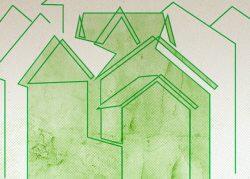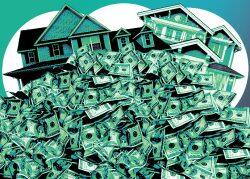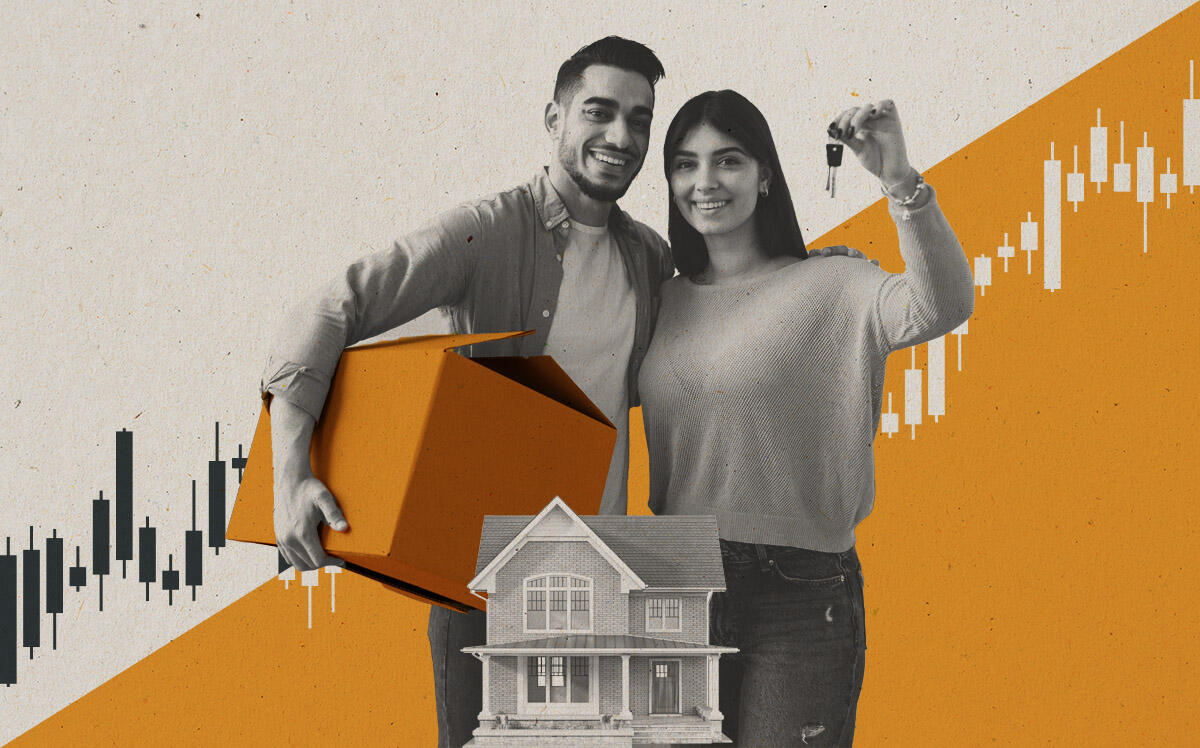Predictions of a slowdown in home prices didn’t prove to be true in the first month of the year as the housing market dashed in the opposite direction.
The S&P CoreLogic Case-Shiller Index posted a 19.2 percent annual gain in January. The figure is a jump from the 18.8 percent year-over-year gains of both November and December, and the fourth-largest reading posted in 35 years.
The 10-city composite, made up of the 10 largest metros, gained 17.5 percent year-over-year, up from a 17.1 percent gain in December. The 20-city composite, meanwhile, posted a year-over-year gain of 19.1 percent, up from 18.6 percent in December amid record lows in inventory.
Craig Lazzara, S&P DJI managing director, noted the month saw continued strength of the housing market from 2021, even heating back up to surpass an initial slowing from months earlier.
“Last fall we observed that home prices, although continuing to rise quite sharply, had begun to decelerate,” Lazzara said. “Even that modest deceleration was on pause in January.”
For the 32nd consecutive month, Phoenix led the top cities with a 32.6 percent year-over-year price increase. Two cities in Florida, Tampa and Miami, came in second and third with 30.8 percent and 28.1 percent annual increases, respectively. All 20 cities analyzed had price increases in January, 16 of them accelerating relative to December.
Read more



The South led all regions with a 26.6 percent annual increase, but the Southeast closely followed with a 26.5 percent year-over-year gain. Each region saw increases.
Home prices have been on an unstoppable upswing since the start of the pandemic as buyers and renters looked to settle into more comfortable and spacious digs. Historic low inventory has helped buoy the home sales market from a pricing standpoint. Buyers are also willing to pay much more than top dollar to win bidding wars and seal their dream home purchase.
A slowdown could still be coming, especially as mortgage rates have surged in recent weeks, adding pressure on potential buyers.
“Declining COVID cases and a resumption of general economic activity has stoked inflation, and the Federal Reserve has begun to increase interest rates in response,” Lazzara said.
